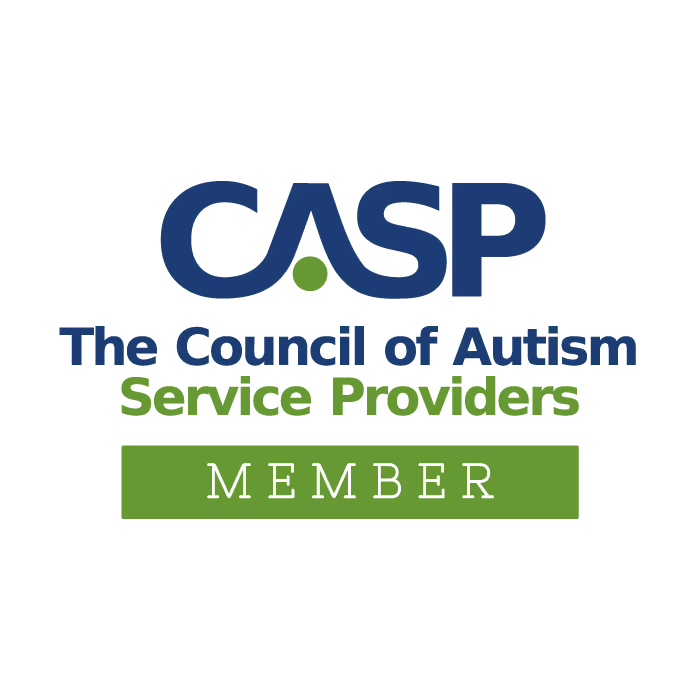Understanding Language Processing
Language comprehension…language processing…auditory processing… what does it all mean? The various terminology used to describe a child’s difficulty with listening can be overwhelming to say the least. A first encounter with these terms might feel perplexing as parents search for the best possible help to meet their child’s needs.
A recent surge in public awareness of auditory processing disorders has led to many misconceptions about what this disorder really is (and what it is not). The term “auditory processing disorder” is frequently applied loosely, and often incorrectly, to any individuals having trouble with listening and processing spoken language. However, there are several possible underlying causes for listening difficulty.
Auditory Processing and Language Processing: What’s the Difference?
Central Auditory Processing Disorder (CAPD) refers to how the central nervous system takes in auditory information. It is an auditory deficit, not to be confused with other higher-order cognitive, language or related disorders. A child with an auditory processing disorder is able to hear sounds, but their brain interprets these sounds atypically. Although gathering information across many disciplines is very helpful in diagnosing CAPD, the actual diagnosis must be made by an audiologist.
Language processing refers to the ability to attach meaning to auditory information and formulate an expressive response. It is an extremely important skill that affects many areas of a child’s life, so it is critical that it be correctly identified and effectively addressed.
Symptoms of a language processing disorder might include behaviors such as:
- Using generic language instead of a specific word (e.g. saying “the thing” instead of “the notebook”)
- Taking a long time to respond to a question
- Experiencing difficulty following long or complicated directions
- Naming a general category instead of a specific word (e.g. saying “food” instead of “cake”)
- Using descriptions instead of the intended word (e.g. saying “the yellow thing for writing” instead of “pencil”)
- Being quick to say “I don’t know” in response to a question
- Having difficulty understanding humor or idioms
- Feeling lost when listening to stories with lots of events and characters
Why we need to understand the difference:
In order to effectively address a child’s difficulty with listening, it is critical to correctly understand where the breakdown is occurring. For example, some children with ADHD might have trouble comprehending or remembering verbal information, even though their neural processing of auditory information is intact. Their ability to process the information is actually impacted by difficulty with attention, as opposed to the suspected auditory deficit.
Because the behaviors of CAPD, ADHD and language processing disorders can look similar at times, children are at risk of being misdiagnosed. Treatment approaches for each of these disorders vary significantly,so a correct understanding of the underlying deficit will ultimately result in the most effective treatment approach for a child’s specific needs.
How parents can help their child with language processing difficulties:
- Use visual support to supplement auditorally presented information
- Present new information in a multi-modality and context-rich environment to tap into the other senses
- Allow more “thinking time” to prevent unnecessary pressure during moments of difficulty
- Encourage your child to request repetition or help, rather than simply saying “I don’t know” during moments of difficulty
- Encourage your child to seek out a “study buddy” to check information during class assignments
- Make sure your child is ready to listen before you begin speaking
- Explain idioms or figurative language to your child. For example, don’t assume your child knows what you mean when you say “keep a lid on it”
- Use a tape recorder to record class lectures
- Increase your child’s awareness of his or her strengths by providing frequent positive encouragement















